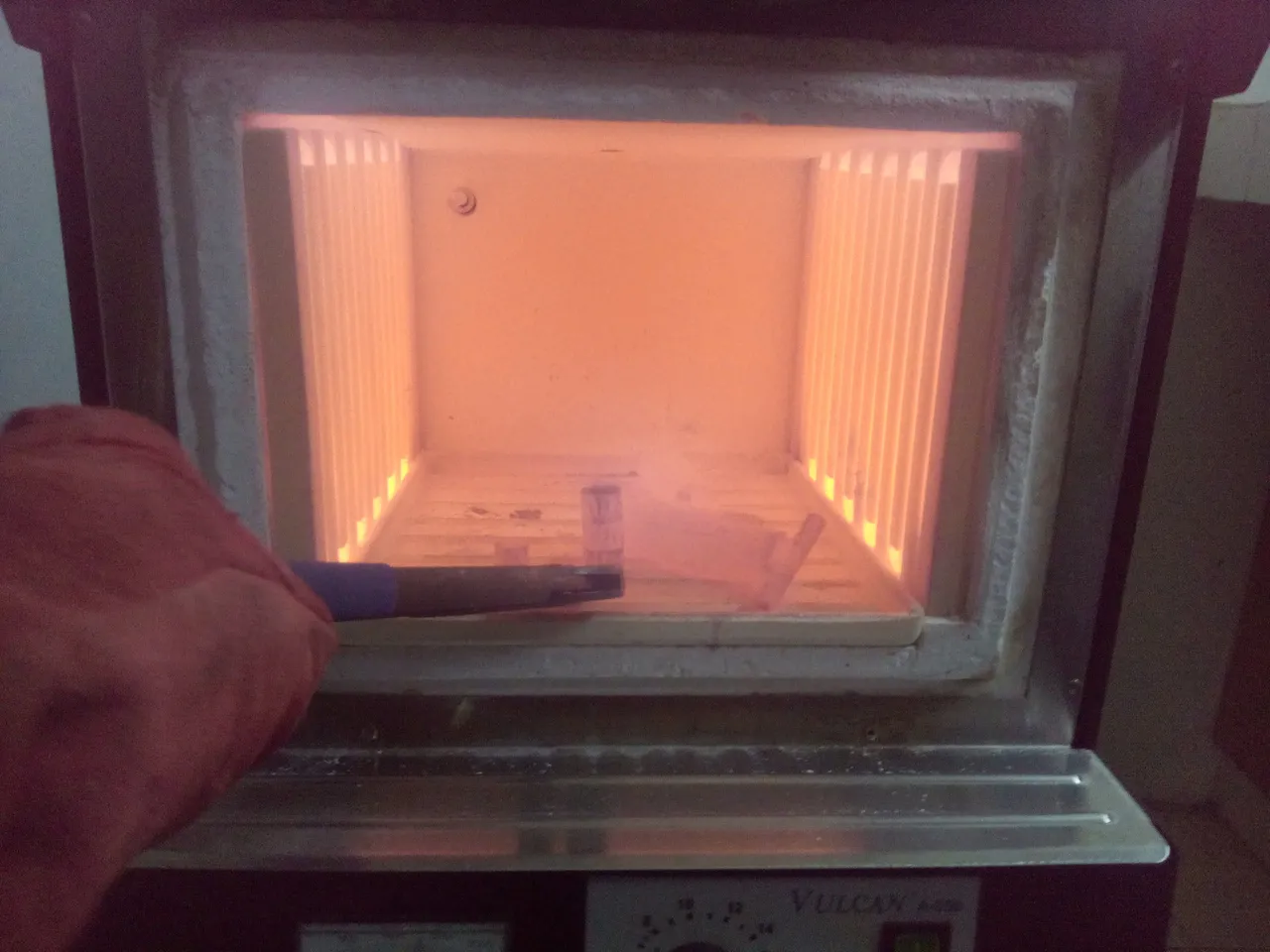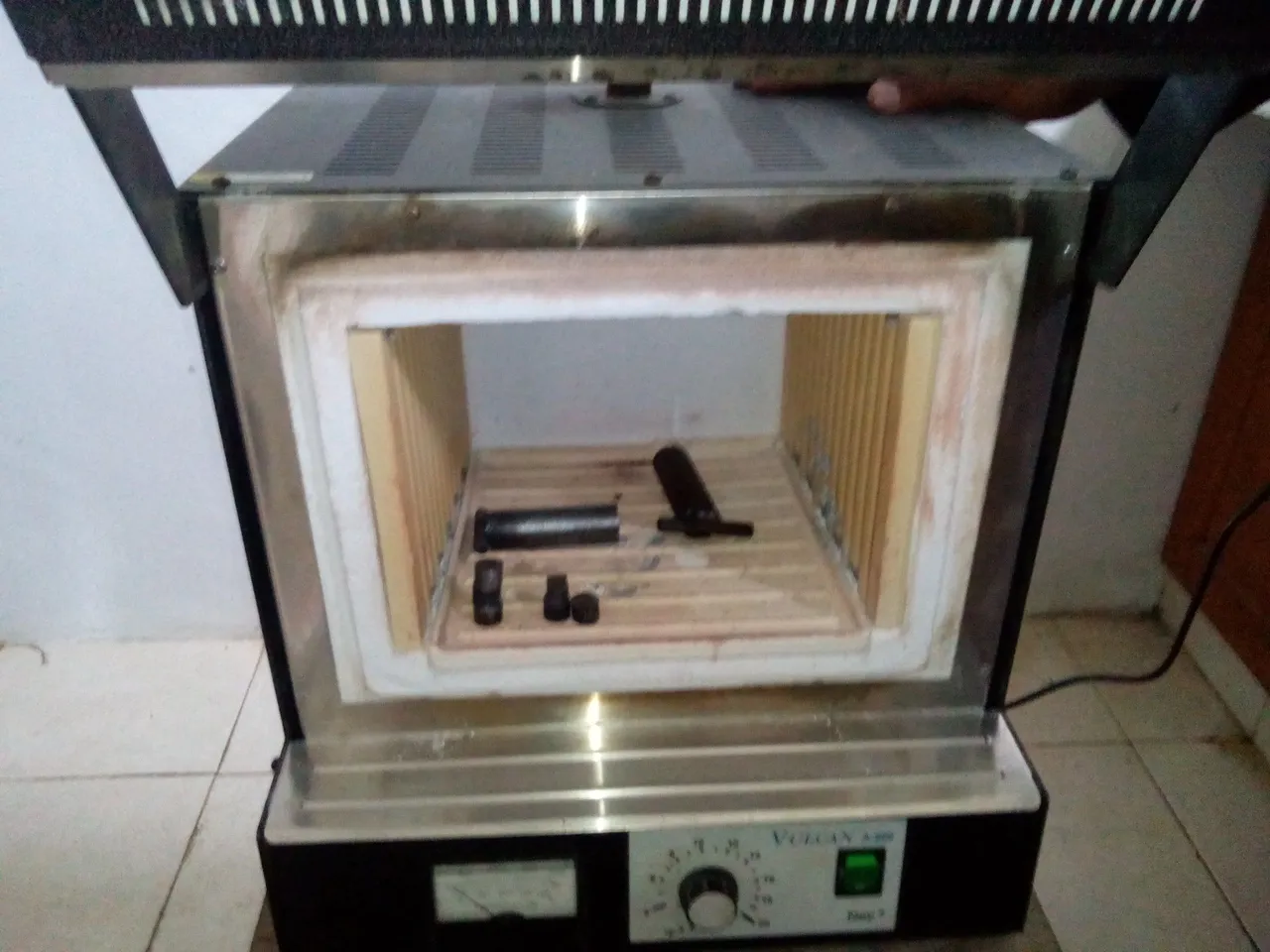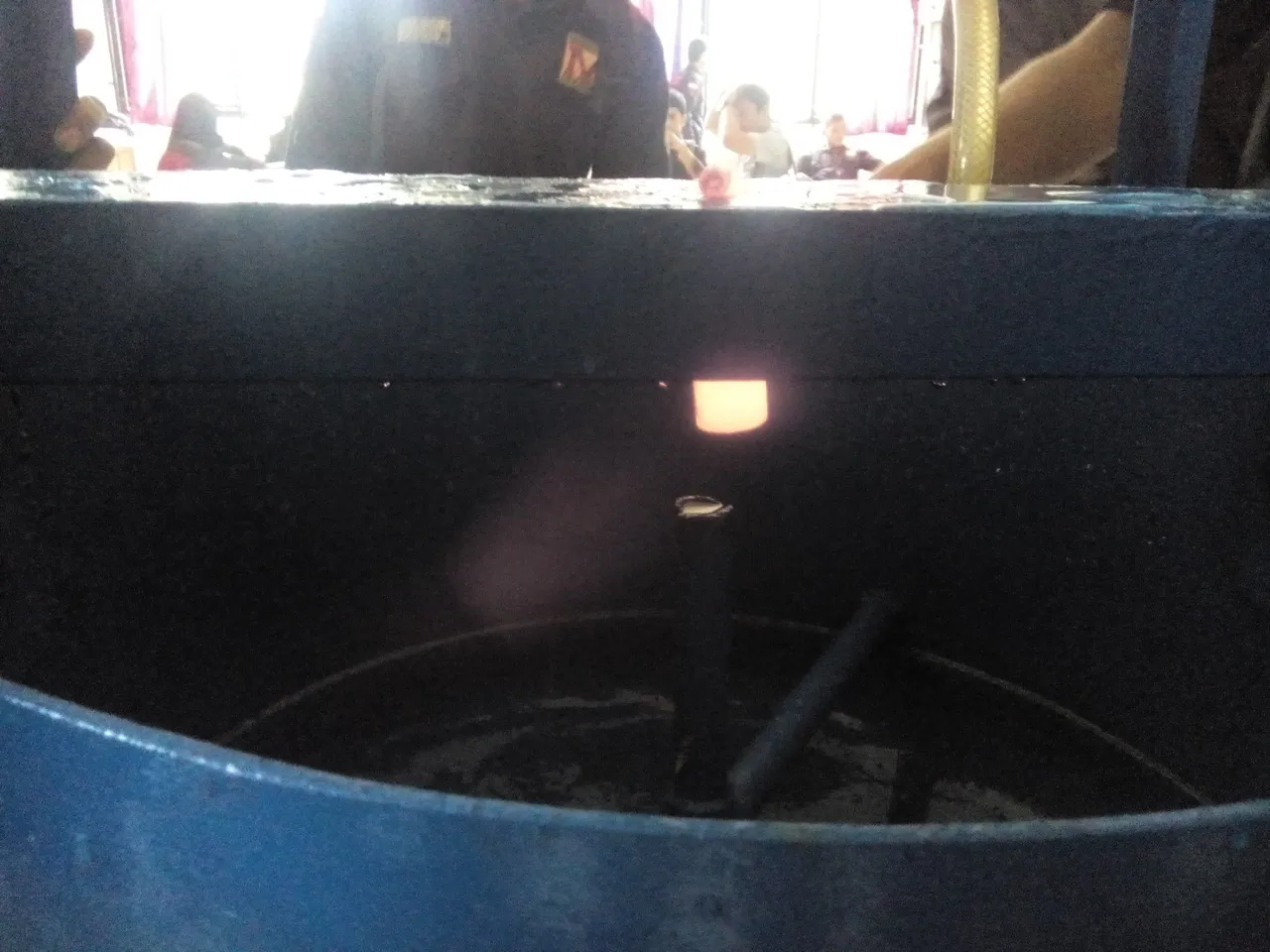The process for changing the properties of the metal to a certain temperature is then cooled with a particular cooling medium
The physical and mechanical properties of metal are not easily found. Therefore, it is necessary to give first a special treatment so as to produce a metal according to the desired.
Treatment of metals, among others, is heat treatment. This is the desired metal processing process by heating and then cooled with a particular cooling medium. So that his physical properties can change as desired.
Suitable metals are steels which are alloys of FE and C. on certain carbon content or other suitable alloys.

In metal science, metal types are grouped into 4 groups :
1. Heavy metals (iron, copper, lead, lead, lead, nickel, chrome, and zinc).
2. Light metal (aluminum, potassium, sodium, magnesium, titanium, calcium and barium).
3. Precious metals (gold, silver, and platinum).
4. Metals can withstand fires (tungsten, titanium, sirkonium, and molybden).
While the type of metal based on the basic material is divided into 2 groups, namely :
1. Iron metal (ferrous) is an alloy metal consisting of a mixture of carbon and iron elements.
These metals include cast iron, wrought iron, soft steel, medium carbon steel, high carbon steel, and high carbon steel and blends.
2. Non-ferrous metals (non ferrous) are metals that do not contain iron (Fe). These metals include copper (Cu), aluminum (Al), and lead (Sn).
Various kinds of Heat Treatment
In heat treatment there are several processes performed on metal heating such as :
1. AnnealingAnnealing process or steel softening process is a process where the heating process till above temperature of crystal. Further allowed to remain for a while, until the temperature is evenly distributed, followed by slow cooling and kept so that the part temperature is approximately equal to obtain the desired structure.
2.NormalizingIt is the process of heating the metal until it reaches the austenic phase which is then cooled with air cooling medium. The cooling result is penit or ferrite. But more subtle than annealing.
3. TemperingIt is a process of heating the metal (steel) that has been hardened to a certain temperature to reduce the hardness of steel, the martensitic structure is very hard, so it is too brittle. In this process use the temperature below the critical temperature and then temperature.
4. HardeningIt is a process of heating the metal up to or above its critical temperature (723 ° C) and then cooled rapidly with prepared cooling medium.

Factors affecting the cooling rate
Density
the higher the density of a cooling medium, the faster the cooling process.Viscosity
Viscosity is a measure of the rejection of a fluid against changes in shape under shear pressure, The higher the viscosity of a cooling medium, the cooling rate is slower.


